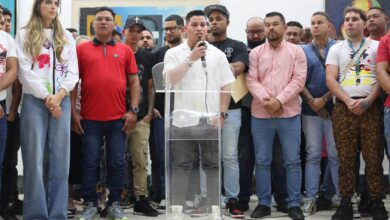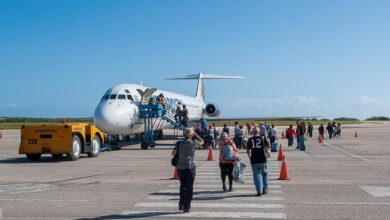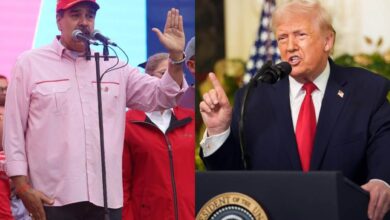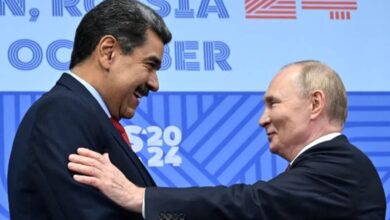Spotlight and Sequins: Venezuela’s Festival of Inclusion Rewrites the Script for Disability and Art
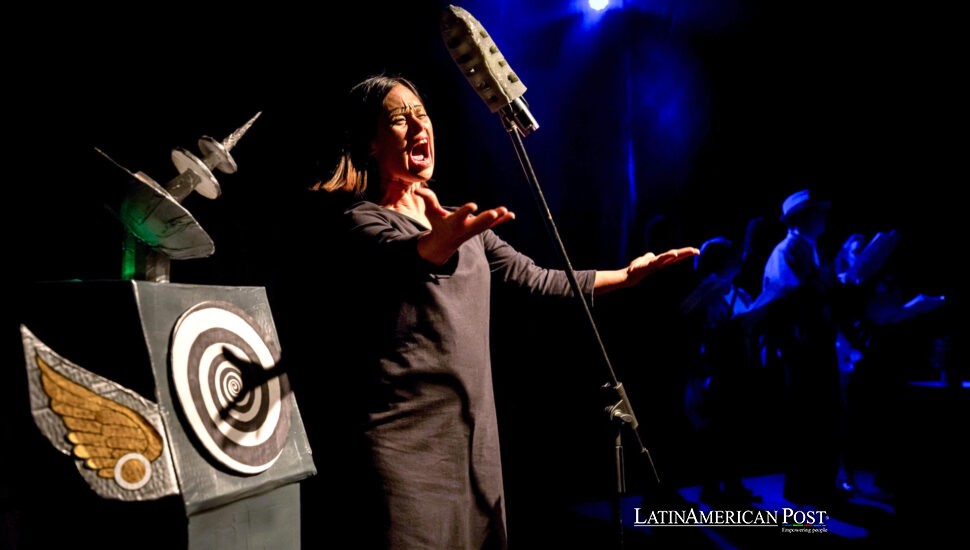
The house lights dim, and twenty actors in mid-century dress draw together in a backstage huddle. In minutes, they’ll step into 1950s Venezuela—and into a national conversation about who gets to belong onstage. Their answer will be unapologetic, joyful, and impossible to ignore.
Backstage Before a Time-Traveling Curtain
The call bell rings, and the National Down Theater Company squeezes closer. Out front, a whole house waits for La radionovela. This play revolves around a young farm girl named Manuela, an unexpected pregnancy, and a dictatorship’s heavy hand silencing the airwaves.
For Andreína Lovaton, who plays Manuela, the moment is the fulfillment of a dream nurtured since childhood. “This is my condition, which my mother accepted, and I have the talent,” the 33-year-old told EFE, her voice steady with conviction. Lovaton grew up “playing with characters,” later honing her skills at Apoye, a civil association dedicated to training people with Down syndrome in the arts. “I feel fulfilled doing what I have loved since I was a child,” she said.
When the curtain rises, the chromosomal difference shared by the cast isn’t a barrier—it’s part of the truth they bring to the story. Period music swells, dresses sway, and the performance carries the weight of both history and the present.
Inclusion Steps Into the Spotlight
Just before the first cue, producer and festival coordinator Daniela Vielman—who also directs the National Down Theater Company—delivers a final charge to her cast. “Keep going. If you forget something, it doesn’t matter. What matters is teamwork… You are the best in the world—never forget it,” she told them, as quoted by EFE.
The play opened Venezuela’s first Festival of Art and Disability, a ten-day celebration running through August 17. Over 100 artists from Venezuela and Argentina are performing in theater, dance, music, and visual arts. Admission is free, thanks to what Vielman calls “wonderful allies” who wanted the festival “especially to benefit people with disabilities, but really for everyone in Caracas who often can’t spend on entertainment.”
That choice reshapes the audience dynamic. Families who have rarely seen relatives with intellectual disabilities center stage mingle with newcomers who’ve come out of curiosity. In both groups, there’s a sense that something overdue is finally happening.
An Exchange of Creators Across Borders
The festival’s reach extends beyond Caracas. Supported by the French Embassy, the Museo de Bellas Artes is hosting an exhibition of work by more than 50 neurodivergent artists—proof that museum walls can hold more than one kind of story.
Onstage, visiting artists deepen the exchange. Argentine dancer and Andares collective member Alejandra Sponda brings two pieces: Papelita Payasa, a clown with a disability whose humor tackles sexuality, art, and inclusion head-on, and a work inspired by mothers whose lives revolve around the care and genius of their children.
“The work of the community of people with disabilities must be known and disseminated,” Sponda told EFE. She sees the festival as a gathering point for “various independent teams, companies, or groups” working toward the same goal: “to amplify, to make room, to give space, voice, words, and projection.”
The week becomes more than a showcase—it’s a workshop in access and artistry. Companies swap ideas about stagecraft, audience engagement, and how to tour without losing sight of accessibility. Those conversations could carry well past the festival’s closing night.
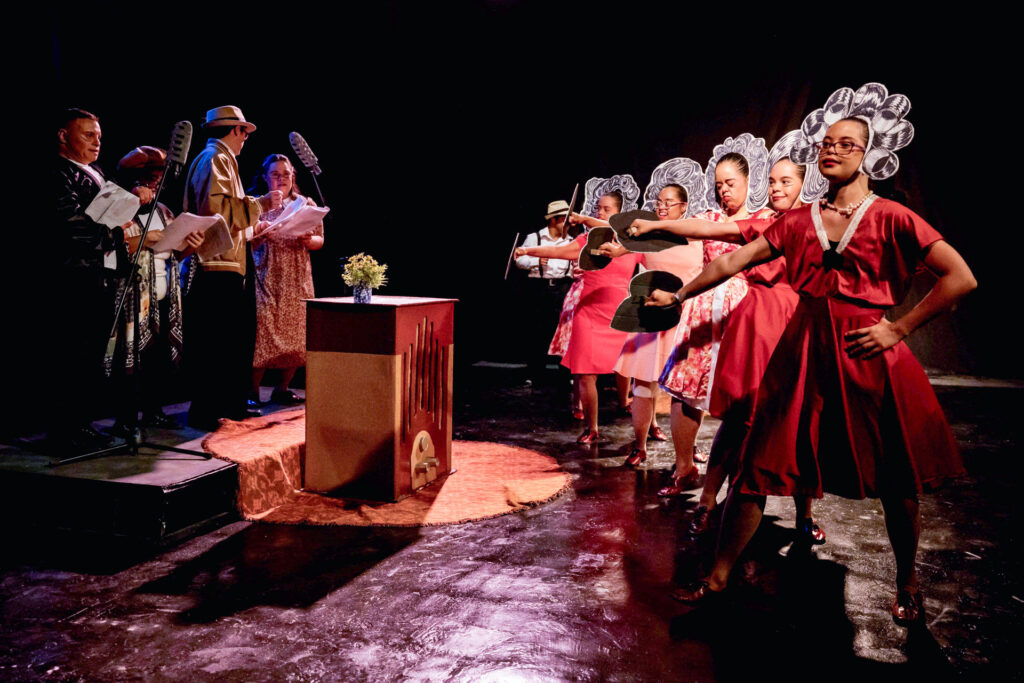
A Blueprint for Belonging Beyond the Stage
In a country where transportation gaps, limited public funding, and uneven infrastructure can shut people out, the festival is also a test case: what if accessibility came first?
Here, it looks like rehearsal rooms adapted to sensory needs, stage managers who build in extra beats for transitions, seating plans that welcome wheelchairs before filling the rest, and posters that feature disability without cropping it out.
“It has taken time,” said Marisela Ramírez, Apoye’s art director, “but it is finally materializing to promote real inclusion,” she told EFE while watching volunteers guide patrons to their seats.
Even the dramaturgy carries a metaphor. By setting La radionovela in the 1950s—a time of political repression and quick cultural change—the piece mirrors the present: voices under pressure, communities finding ways to be heard. When the actors take their bows, the applause is full and on its feet—not from pity, but from recognition that the performance earned it.
Also Read: Colombian Tragedy: Uribe Turbary’s Life, Legacy and Violent End
As the audience spills into the lobby, there’s a sense that the city has shifted, if only for a night. The cast breaks its backstage circle into hugs. Outside, Caracas hums as it always does, but inside the theater, something essential has been proven: given access and a stage, talent doesn’t just appear—it thrives, and it changes the room.


